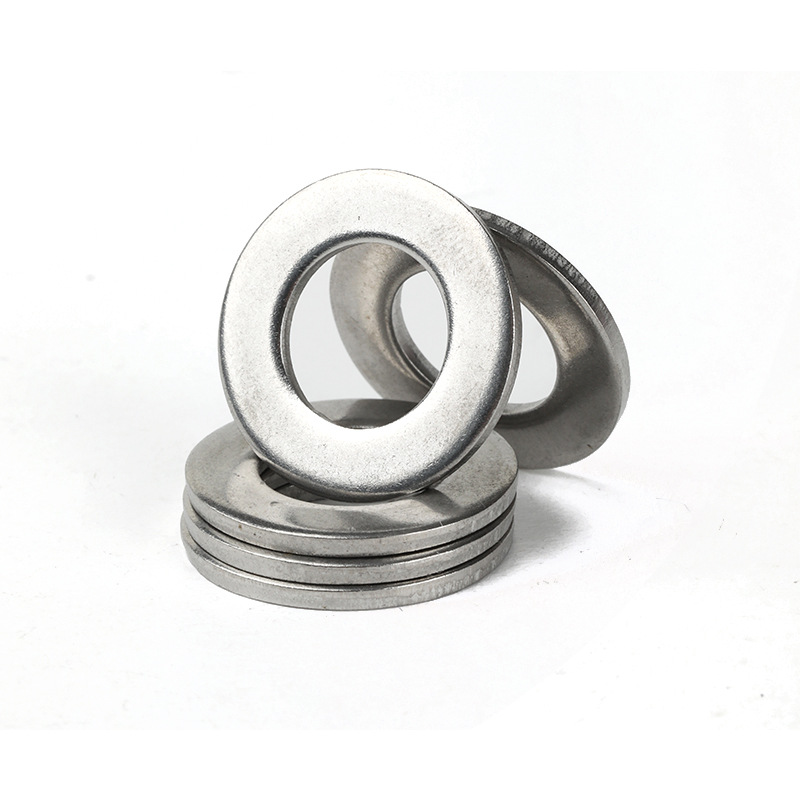

hex flange nut m10 x 1.25
Dec . 06, 2024 02:42 Back to list
hex flange nut m10 x 1.25
Understanding Hex Flange Nut M10 x 1.25 A Comprehensive Guide
In the world of mechanical engineering and construction, fasteners play a vital role in ensuring the stability and integrity of structures. Among these fasteners, the hex flange nut is one of the most commonly used components. In this article, we will delve into the specifics of the hex flange nut M10 x 1.25, exploring its design, applications, and benefits.
What is a Hex Flange Nut?
A hex flange nut is a type of nut that has a hexagonal shape on its outer surface and a flange at the base. This design provides a larger surface area which helps distribute the load more evenly across the joint being fastened. The flange also minimizes the risk of damage to the surface of the material being secured, making it an ideal choice for a variety of applications.
Specifications of M10 x 1
.25The designation “M10 x 1.25” refers to specific measurements of the nut. The “M10” indicates that the nut is designed to fit a bolt or screw with a nominal diameter of 10 millimeters. The “1.25” refers to the pitch of the threads, which is the distance between thread crests, measured in millimeters. In this case, the M10 x 1.25 nut has a thread pitch of 1.25 mm. Together, these specifications determine the compatibility of the nut with various bolts, which is critical for achieving a secure connection.
Material and Finish
Hex flange nuts come in a variety of materials, including steel, stainless steel, and aluminum. Steel nuts often undergo a galvanization process or receive a zinc plating to protect against corrosion, making them suitable for outdoor and industrial environments. Stainless steel options are particularly useful in corrosive environments, such as coastal regions or chemical processing facilities, due to their inherent resistance to rust and oxidation. The choice of material significantly impacts the performance and longevity of the fastener.
hex flange nut m10 x 1.25

Applications
The hex flange nut M10 x 1.25 is widely used across numerous industries. Its versatility makes it a favored choice in automotive applications, where it often secures engine components, suspension systems, and other critical parts. In construction, these nuts are used in conjunction with bolts to secure steel beams, frameworks, and other structural elements. Machinery assembly also relies on hex flange nuts, as they ensure reliable connections that can withstand vibrations and dynamic loads.
Benefits of Using Hex Flange Nuts
One of the primary advantages of hex flange nuts is their ability to resist loosening over time. The increased friction between the flange and the surface being fastened helps maintain pressure, thus securing the joint effectively. Additionally, the design of the flange reduces the need for a separate washer, simplifying the assembly process and saving time during installations.
Another notable benefit is the ease with which hex flange nuts can be tightened. The hexagonal shape allows for a secure grip with standard wrenches, making it convenient for technicians and engineers to apply the necessary torque.
Conclusion
In summary, the hex flange nut M10 x 1.25 is an essential fastener in various fields, providing a robust solution for joining components. Its design, ease of use, and effectiveness in preventing loosening make it a reliable choice for professionals. Understanding the specifications and applications of this nut can significantly enhance any project, from automotive repairs to large-scale construction. By choosing the right materials and ensuring compatibility with appropriate bolts, users can ensure a secure and lasting connection, contributing to the overall success of their engineering efforts.
Latest news
-
High-Strength Hot Dip Galvanized Bolts - Hebei Longze | Corrosion Resistance, Customization
NewsJul.30,2025
-
Hot Dip Galvanized Bolts-Hebei Longze|Corrosion Resistance&High Strength
NewsJul.30,2025
-
High-Strength Hot-Dip Galvanized Bolts-Hebei Longze|Corrosion Resistance&High Strength
NewsJul.30,2025
-
Hot Dip Galvanized Bolts-Hebei Longze|Corrosion Resistance&High Strength
NewsJul.30,2025
-
Hot Dip Galvanized Bolts - Hebei Longze | Corrosion Resistance, High Strength
NewsJul.30,2025
-
High-Strength Hot Dip Galvanized Bolts-Hebei Longze|Corrosion Resistance, Grade 8.8
NewsJul.30,2025

